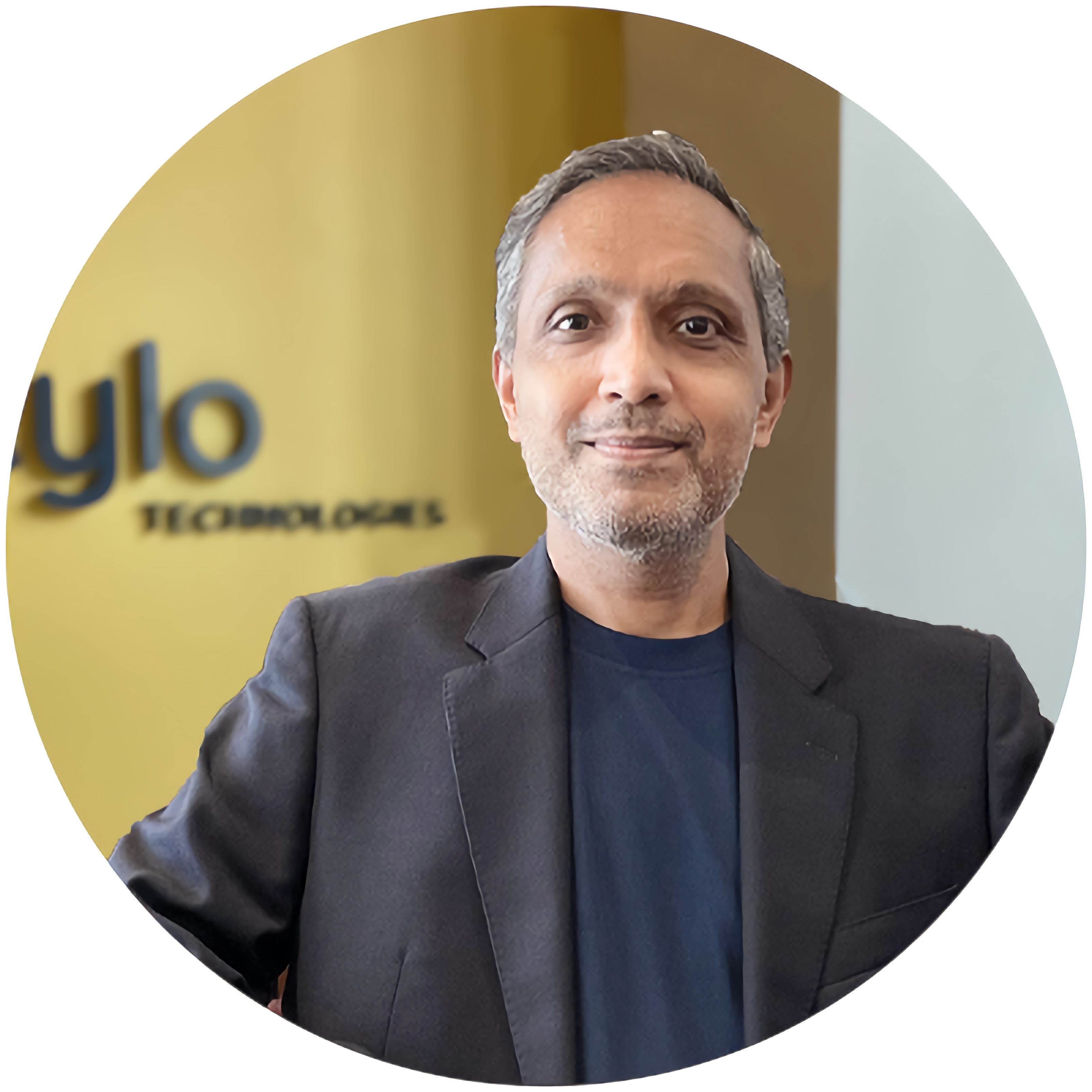NEW DELHI: Nasscom, the omnibus lobby group for the $100-billion Indian IT industry, must become far more “federal” in nature so that the dominant IT services segment doesn’t end up “trampling over” other tech segments such as product development, engineering and R&D, BPO and so on, at least three members of the executive council and a former chairman said.
For Nasscom to become more federal, a structural change needs to happen, says a Nasscom official who didn’t wish to be identified because he isn’t authorised to speak to the media. “Which means voting power (at 1,400-plus-member Nasscom) must be decided on the basis of market capitalisation of companies rather than its revenues,” he added emphasising that big players are cold-shouldering smaller players inside the body.
Recently some 30 software products companies of Nasscom formed a new lobby group called iSpirt, vowing to promote their interests. “I know the problems of these companies are serious. They need to be addressed,” says a former Nasscom chairman, asking not to be named.
On Tuesday, Nasscom’s executive council discussed recommendations made by Infosys co-founder NR Narayana Murthy on “restructuring” Nasscom to make it more relevant in the dynamic IT environment. One of Murthy’s recommendations that was rejected was that only two past chairmen should attend the executive council meeting, said the members.
The EC members ET spoke to didn’t disclose the details of other recommendations made by the IT industry icon. But they regretted that nearly 70 per cent of the discussions were dominated by members of the powerful past chairmen council, who can attend EC meetings but have no voting rights (except for the two most recent previous chairmen).
Might is still right?
“Only A and B-type companies manage to get their things done, not C, D, E and F types,” he notes, comparing bigger companies that generate higher revenues with medium-sized and smaller players that do well on the bourses but may not post huge revenues. There have also been calls for a one-member one-vote system as opposed to the current weighted voting system.
“So it is time that various sectors become more autonomous by nature. There will have to be more vertical-oriented focus in the Indian IT industry so that small and medium players don’t get hurt by policies framed with focus on IT services industry alone,” says another executive council member based in Bangalore.
“It is certainly the direction that Nasscom will take sooner or later. Each sub-segment will lobby on its own and still stay connected to Nasscom… it is like the transition from an extended family to nuclear families while still retaining ties,” the first EC member said. The second official agreed with the suggestions, saying sectors such as BPO have several grouses that are still not addressed by Nasscom.
The first official also said that Nasscom’s PCC – comprising some 18-odd previous chairmen — has been continually exceeding its brief and encroaching onto the turf of the de jure organising committee, the executive council comprising some 24 members. President Som Mittal has vehemently denied this, saying that the executive council is the supreme body in Nasscom.
Excesses, faux pas
The first official, meanwhile, cited an example: “Ahead of the June 25, 2012, quarterly executive council meeting of Nasscom held in Chennai, a few members of this ‘big old boys club’ (this is how he refers to the Nasscom past-chairmen council) assured an extension for president Som Mittal whose tenure was to end early this year.
They ‘convinced’ Mittal that there was consensus within the EC for his extension… in fact there was no such consensus,” he says. Another Nasscom EC member says that “Mittal, to his credit, was ready to step down.” But a few past chairmen council members persuaded him to stay on. However, the suggestion to extend his tenure by a year (until January 14) was in fact initially vetoed by “two big IT players headquartered in the south,” he says without disclosing either his or their identities.
“Then finally there had to be a facesaving formula because Som (Mittal) was assured of an extension by the old boys. Eventually the council decided that Som would get a year’s extension and a competitive search will be on during the period to look for a new president,” the first official explained. ET confirmed this development with two other executive council members who attended the meeting.
“That may have been a harmless thing to do because some of them felt that Som’s performance was good and so he needed an extension. But they were simply exceeding their brief,” says the second official adding that once verticals gain in prominence in Nasscom, which could work as a large umbrella organisation with autonomous segment-wise units, these “old boys should voluntarily fade away.”
In fact, Saurabh Srivastava, former chairman of Nasscom, had told ET a few days before the June 25 meeting of the Nasscom executive council that “He (Som Mittal) has done a great job (as president). We will be extending his term.” On the other hand, Infosys Technologies director Srinath Bhatni, a Nasscom executive council member, had a different viewpoint.
“I don’t know if the issue of his (Mittal’s) extension is coming up on Monday (June 25), but I personally favour a competitive search to choose president.” Though Srivastava was effusive in his praise for Mittal, the latter’s stint as president (he assumed office in January 2008 ) saw the IT industry losing out on several sops it had enjoyed before.
Many Nasscom members felt that STP (software technology park) and EPZ (export processing zone) benefits for the IT sector were withdrawn at a time when Nasscom should have successfully lobbied the government to help the industry.






